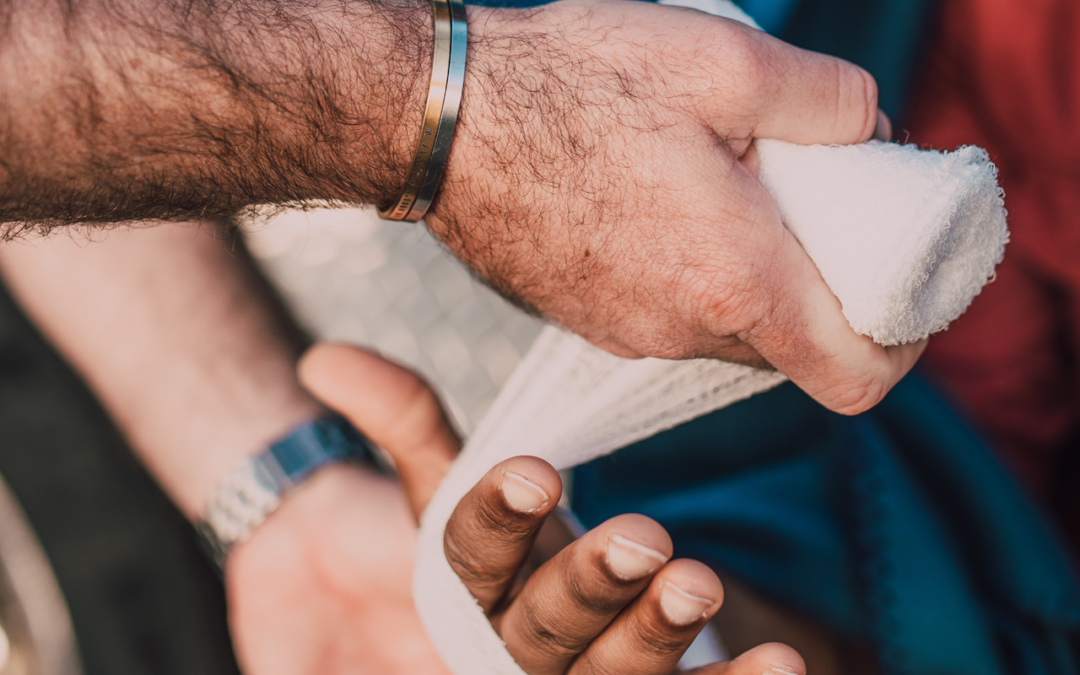When facing the challenges brought forth by a personal injury, it’s crucial to assemble a strong and compelling case to ensure rightful compensation and justice. The foundation of a successful personal injury case lies in gathering and presenting key evidence that substantiates claims and establishes liability. At Haghani Law, we understand the pivotal role of evidence in supporting our clients’ cases. In this blog, we’ll explore the critical types of evidence that are essential in constructing a robust personal injury case.
- Photographs and Videos
Visual evidence can be highly persuasive. Photographs or videos taken at the accident scene, showcasing injuries, or detailing the extent of property damage can help paint a vivid picture for the court. These visuals offer tangible proof of the incident and the resulting injuries.
- Eyewitness Testimonies
Eyewitnesses can provide a firsthand account of the accident. Their testimonies can corroborate the events that transpired, affirming the liability of the parties involved. Eyewitness statements add credibility to the case, aiding in establishing a strong factual basis.
- Medical Records and Documentation
A primary and fundamental piece of evidence in any personal injury case is comprehensive medical documentation. This includes medical records, treatment plans, diagnostic tests, and any other medical-related information. These records provide a clear account of the injuries sustained, the treatment received, and the overall impact on the victim’s life.
- Expert Witness Testimonies
Experts in various fields related to the case, such as medical professionals or accident reconstruction specialists, can provide expert opinions based on their knowledge and experience. Their testimonies can clarify complex medical conditions, accident mechanics, and the long-term consequences of the injury, enhancing the court’s understanding of the case.
- Incident Reports and Police Records
Official incident reports and police records offer an unbiased account of the incident. These documents provide details about the parties involved, witness statements, and any legal actions taken at the scene, bolstering the case’s factual foundation.
- Financial Records
Financial documentation, including medical bills, rehabilitation costs, lost wages, and any other expenses related to the injury, are critical pieces of evidence. These records quantify the financial impact of the injury, helping in the calculation of compensation for the victim.
- Employment Records
In cases where the injury affects the victim’s ability to work, employment records become essential. Pay stubs, work evaluations, and records of missed workdays can substantiate claims for lost wages and future earning capacity.
- Accident Reconstruction Reports
Detailed accident reconstruction reports can provide a thorough analysis of the accident’s dynamics, illustrating how the incident occurred. These reports utilize scientific methods and data to recreate the events leading up to the injury, strengthening the case’s narrative.
Building a strong personal injury case demands a strategic approach to collecting, organizing, and presenting these crucial pieces of evidence. At Haghani Law, we work diligently to ensure that every case is built on a solid evidentiary foundation, aiming to secure the compensation and justice our clients rightfully deserve.


Recent Comments